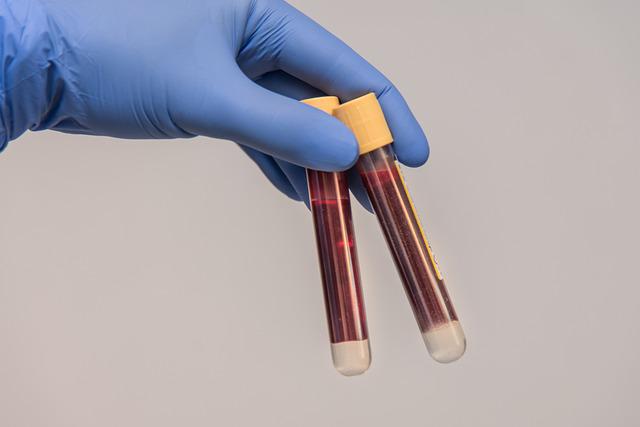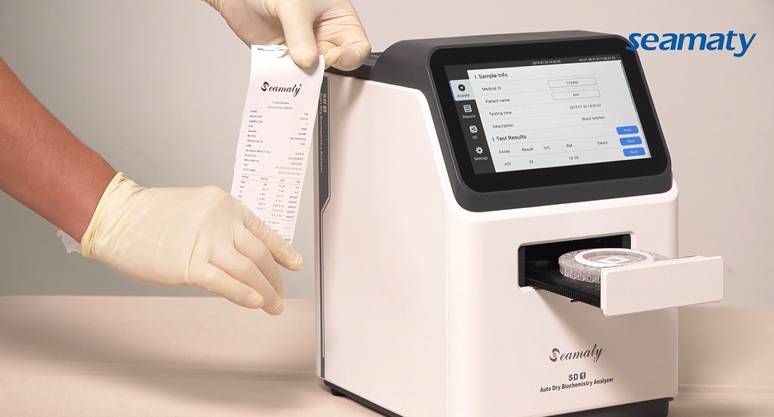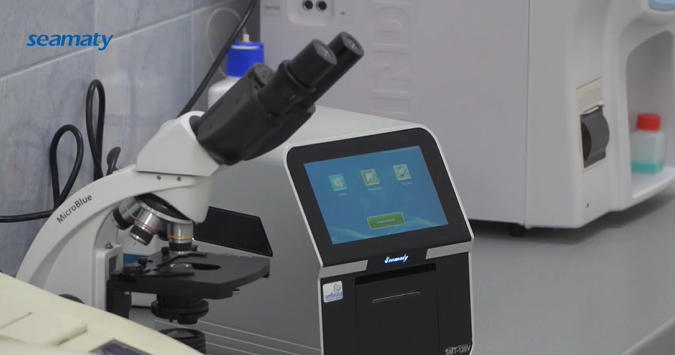release time:2022-01-28 10:32:13

2022-03-11
There is a big difference between blood biochemistry and routine blood test. Blood biochemistry mainly checks kidney function, liver function, cardiac enzyme profile, electrolytes, etc. They react to diseases such as liver.

2021-10-15
Medical equipment is now necessary for every medium and large hospital. Since medical equipment contains many kinds, people have classified it. There are 3 main categories of medical equipment. Diagnostic equipment category, treatment equipment category and auxiliary equipment category.

2021-09-07
The biochemistry machine is mainly used for: clinical blood test routine, cardiac enzyme profile, blood glucose lipid, liver function, kidney function and other routine biochemical index testing. This new medical equipment will not only further meet the actual needs of many hospitals and clinics, but will also greatly advance the development of medical technology.